
GI Cancer
Advertisement
The panel covers ASPEN-O6 results, excitement around ADCs in late-line HER-2 and Claudin-positive cancers, and more.
The panel considers tislelizumab amid existing PD-1 inhibitors, zolbetuximab for Claudin-positive patients, and more.
The panel covers updates on 1L treatments for metastatic gastric cancer, including the recent approval of tislelizumab.
The panel explores advancements in early-stage esophageal cancer, emphasizing the paradigm shift toward FLOT chemotherapy.
Personalized Care in Gastric and Esophageal Cancers: Biomarkers, Diagnosis, and Treatment Approaches
The panel focuses on the management of gastroesophageal cancers, highlighting differences in presentations across regions.Dr. Peshin gives her thoughts on the future of GI oncology and the research that she found most interesting at ASCO GI 2025.
Dr. Kimmie Ng shares the experiences that drive her dedication to seeking improved patient outcomes in GI oncology care.
Retifanlimab plus chemotherapy showed improved PFS and response rates in locally recurrent or metastatic SCAC.
The LEAP-012 study showed improved progression-free survival with lenvatinib, pembrolizumab, and TACE in HCC.
Dr. Josep Llovet discusses promising data, including higher PFS and OS, in metastatic liver cancer from the LEAP-012 trial.
STRIDE shows “unprecedented” 5-year survival benefit, with no additional serious safety events, for patients with uHCC.
A phase 2 trial comparing DEB-TACE with irinotecan, mitomycin C vs DEB-TACE with doxorubicin for intermediate-stage HCC.
FOLFOX-HAIC plus sintilimab and IBI305 demonstrates promising safety and efficacy in uHCC, Child-Pugh B liver function.
GNAS-mutated tumors displayed C-to-T mutation-high, aneuploidy-low molecular profile.
Researchers examined TAS102 with regorafenib to determine if the combination is active in CRC and other GI malignancies.
Dr. Timothy Brown speaks about his career and his passion for gastrointestinal oncology research and patient care.
Dr. Rachna Shroff talks about her life, her career, and the role of community outreach in oncology in this interview.
Dr. Brooks explains the association between male sex and 5-FU exposure.
Dr. Christopher Lieu gives an overview of some of the top presentations and data to look out for at ASCO GI 2024.
The study analyzed data from 185 countries using the GLOBOCAN 2020 statistics.
Advertisement

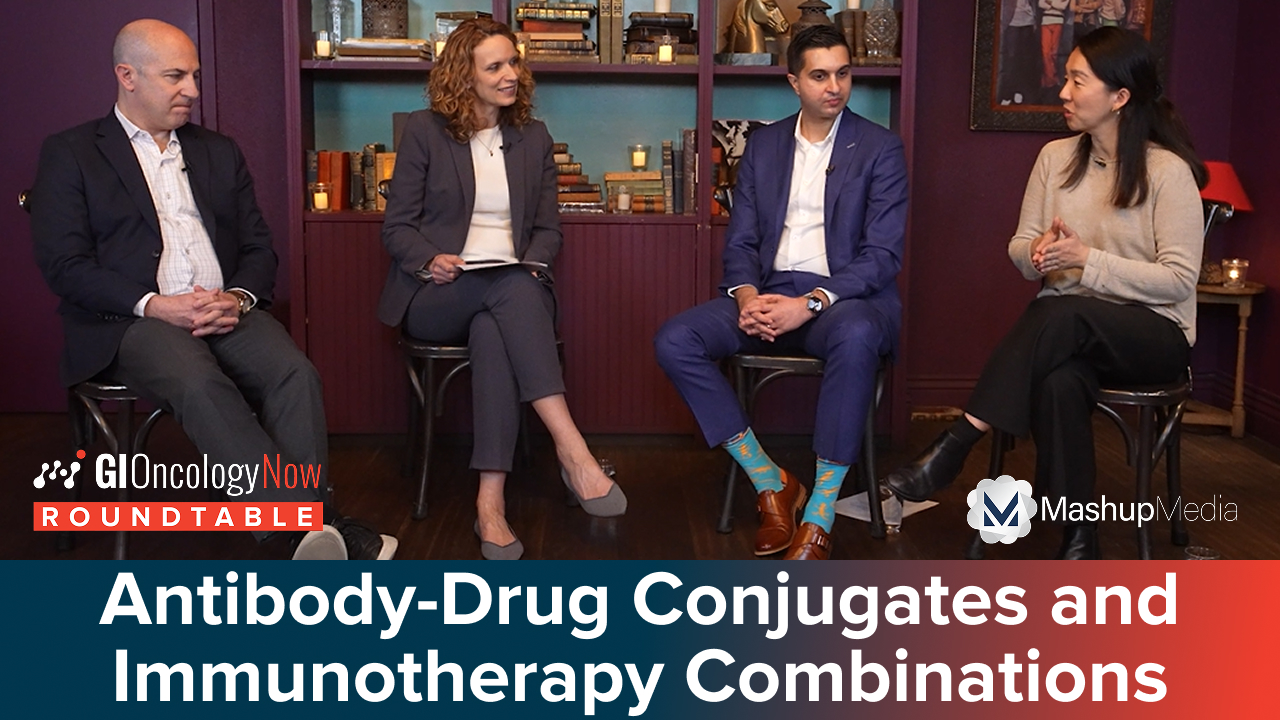
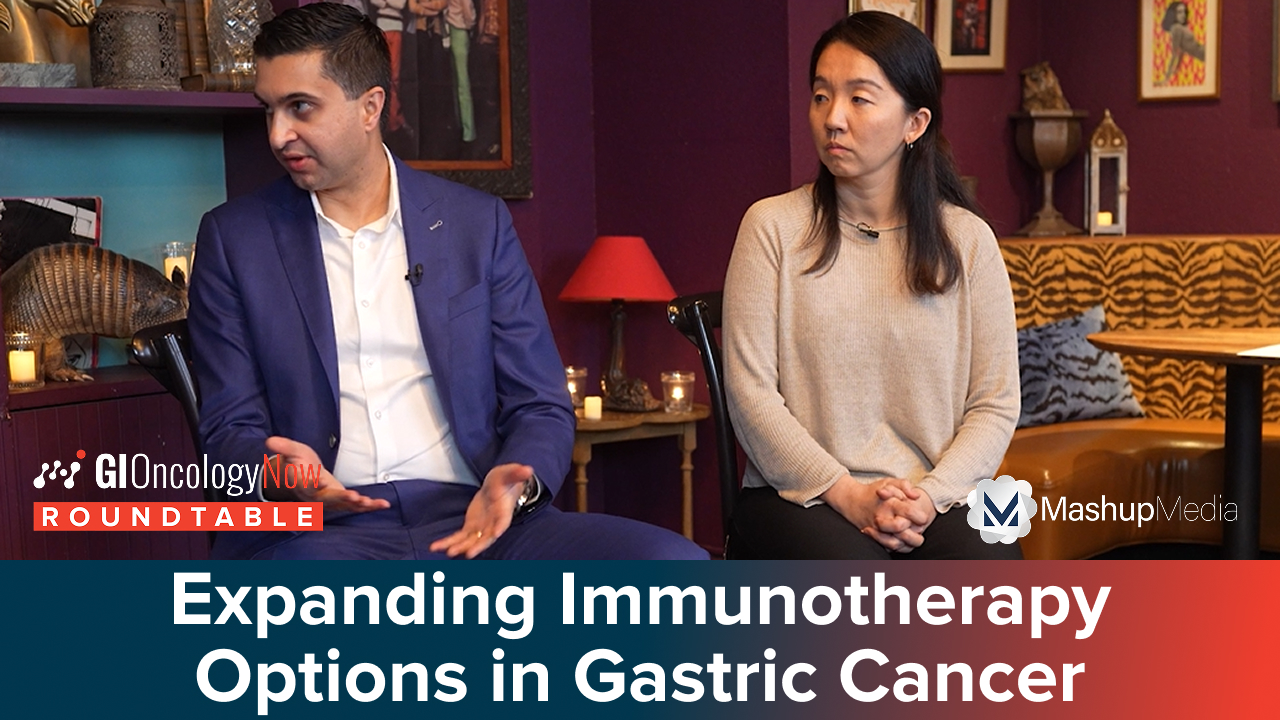
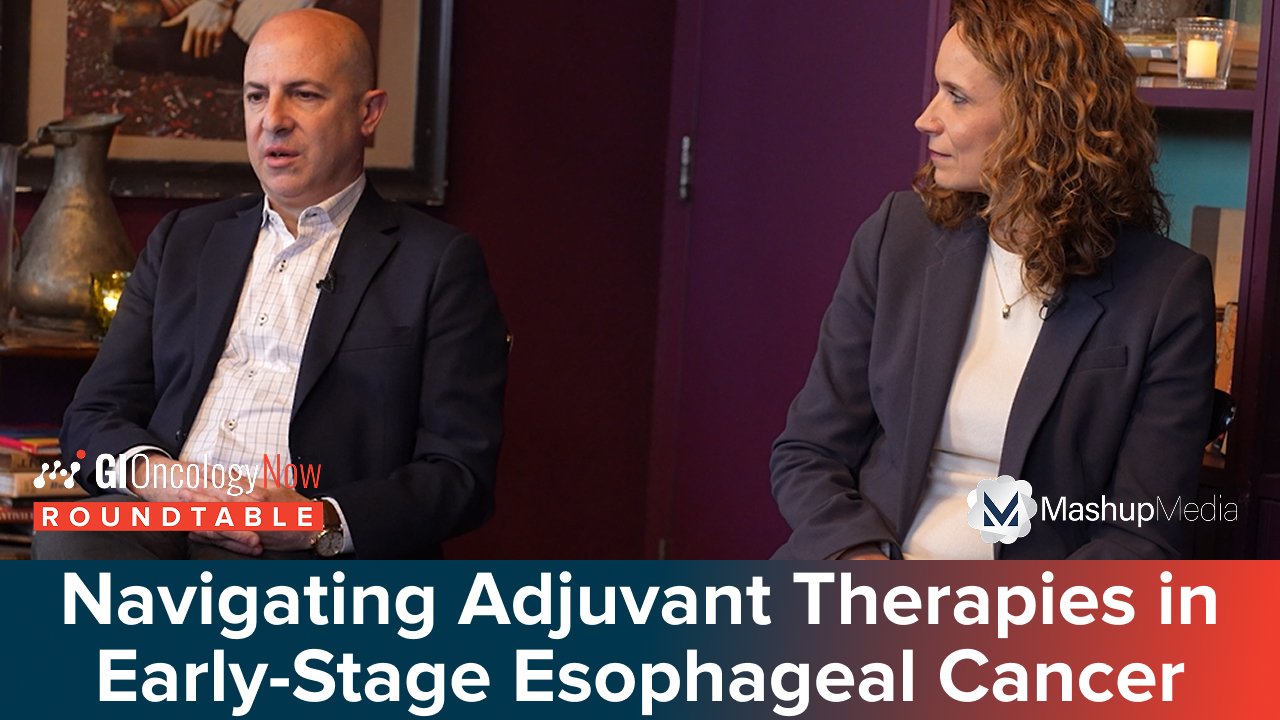
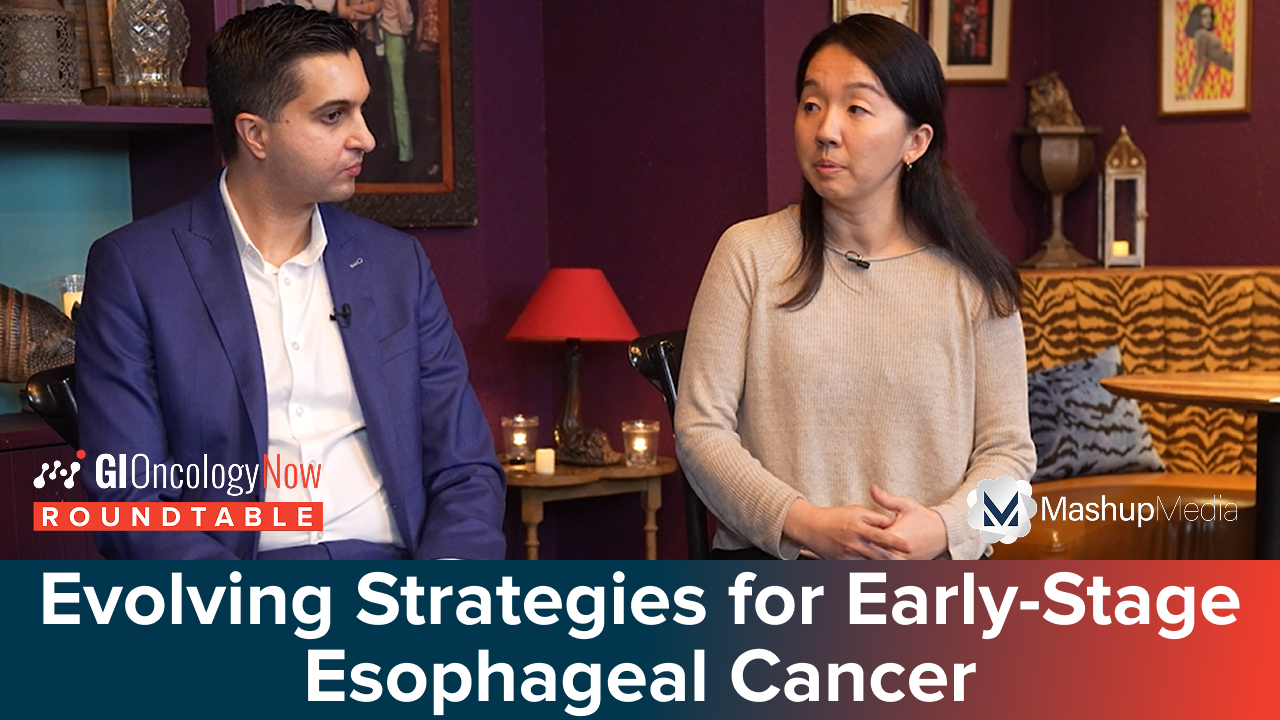
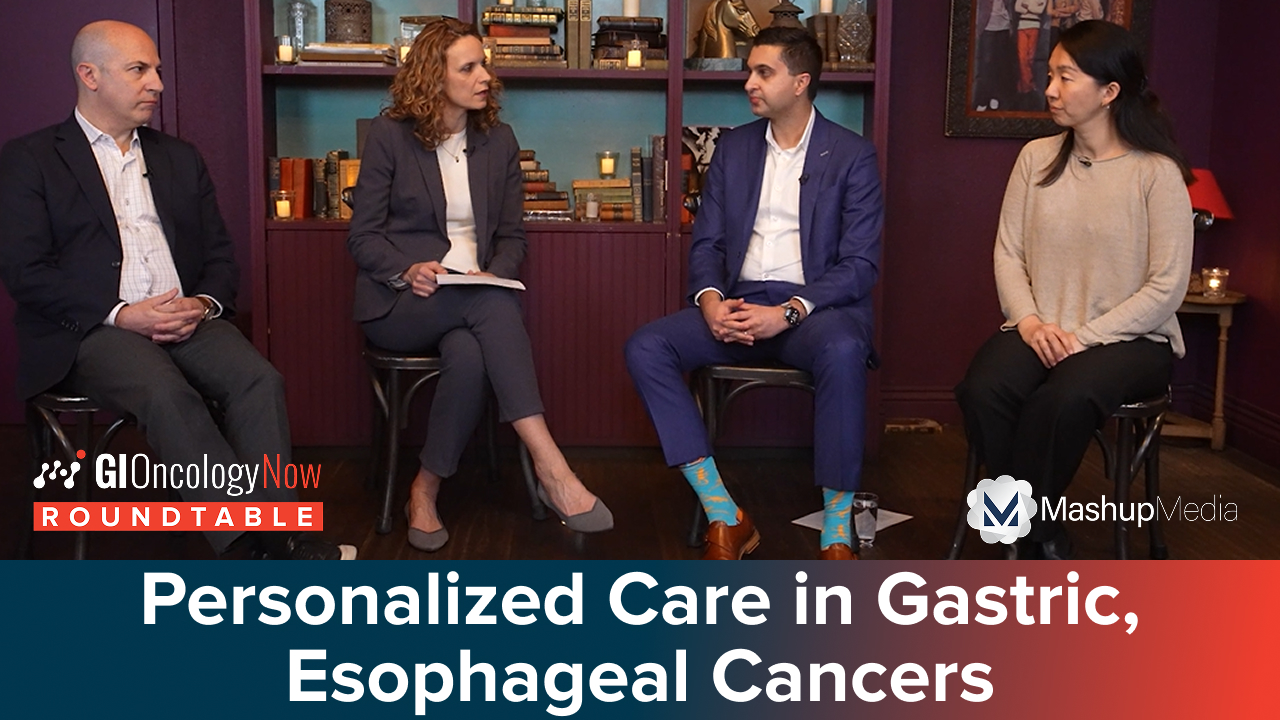
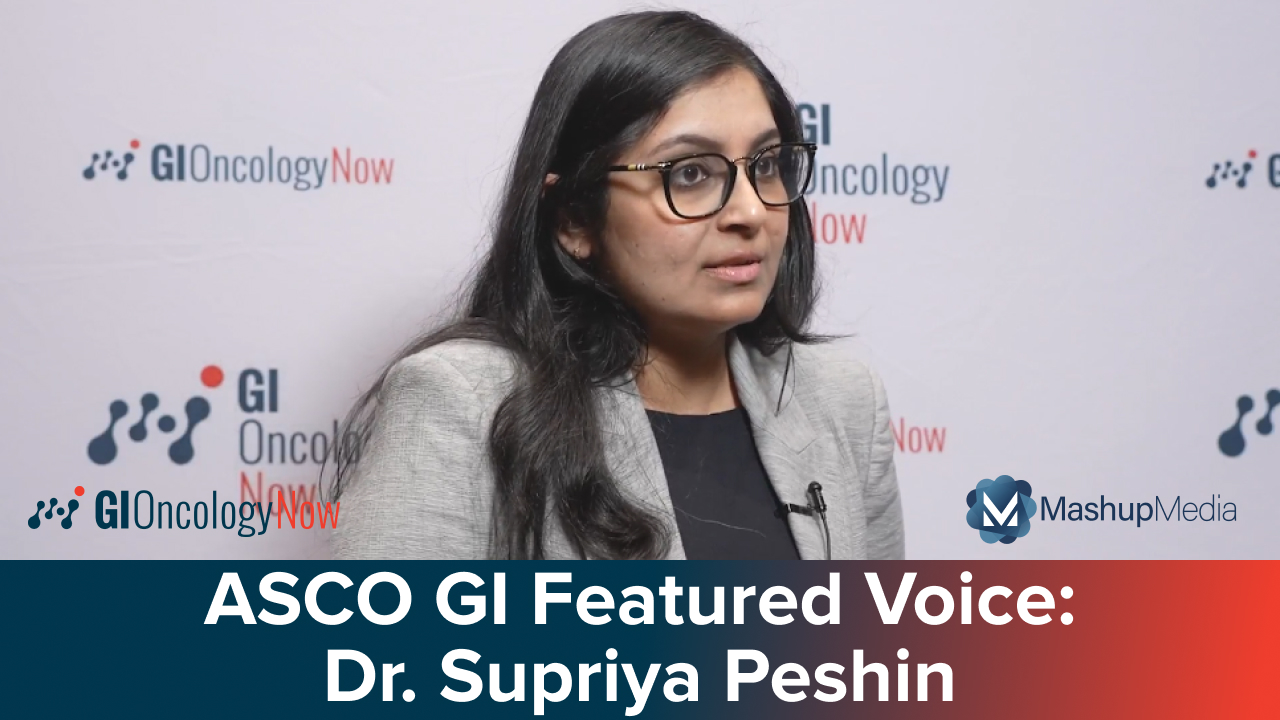


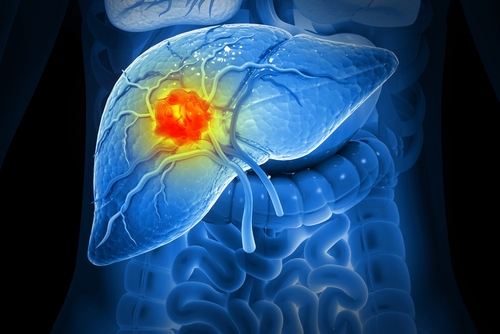
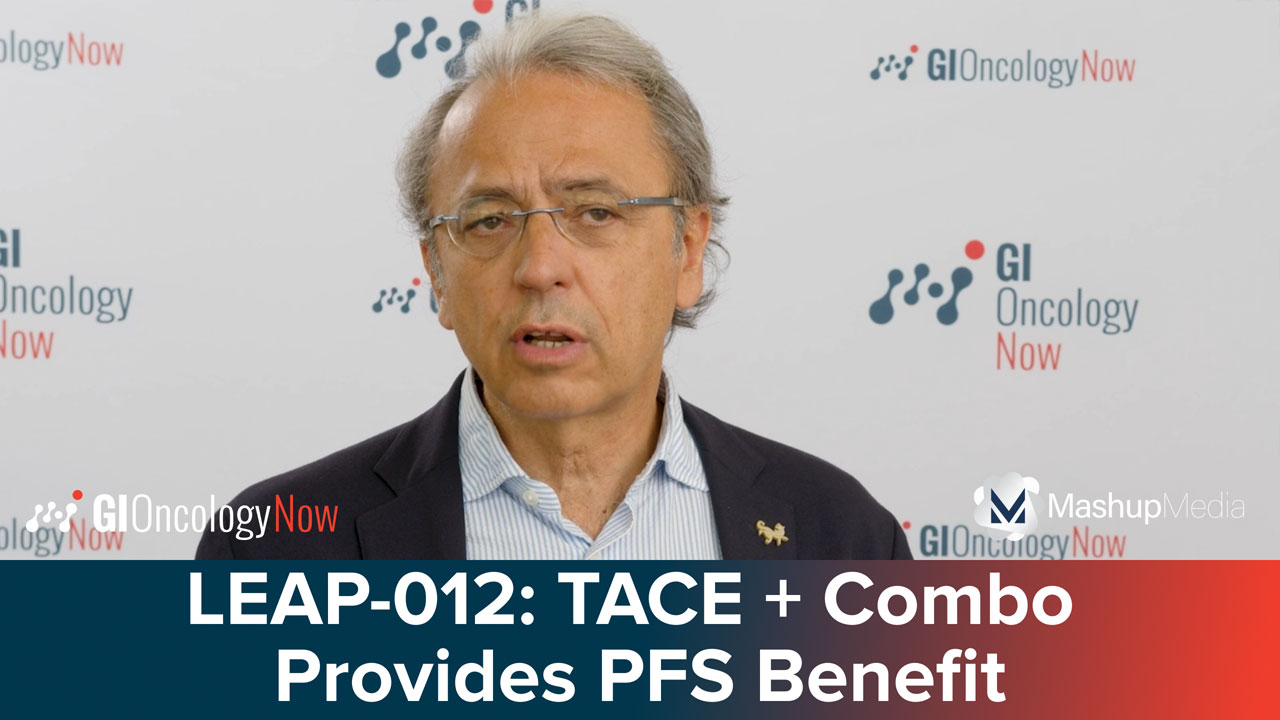
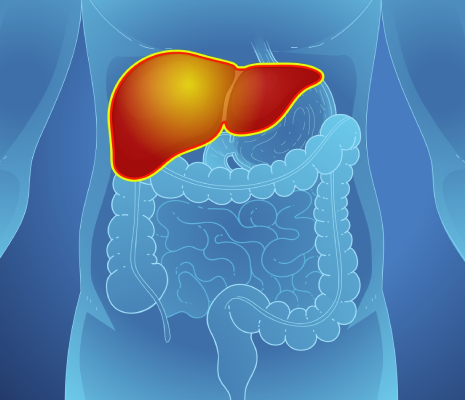
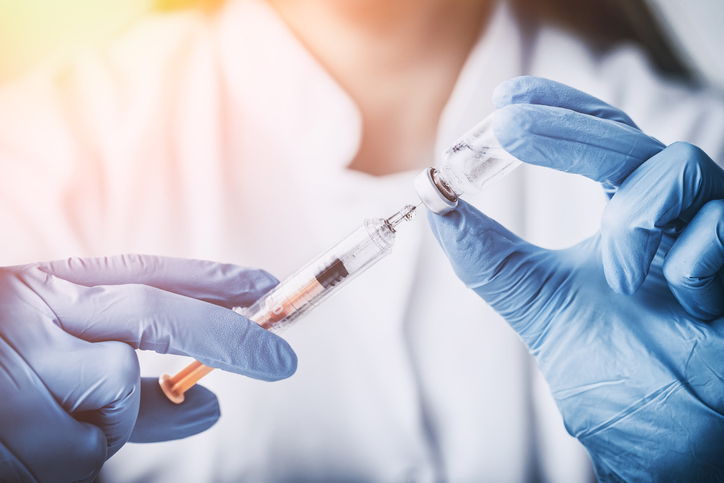
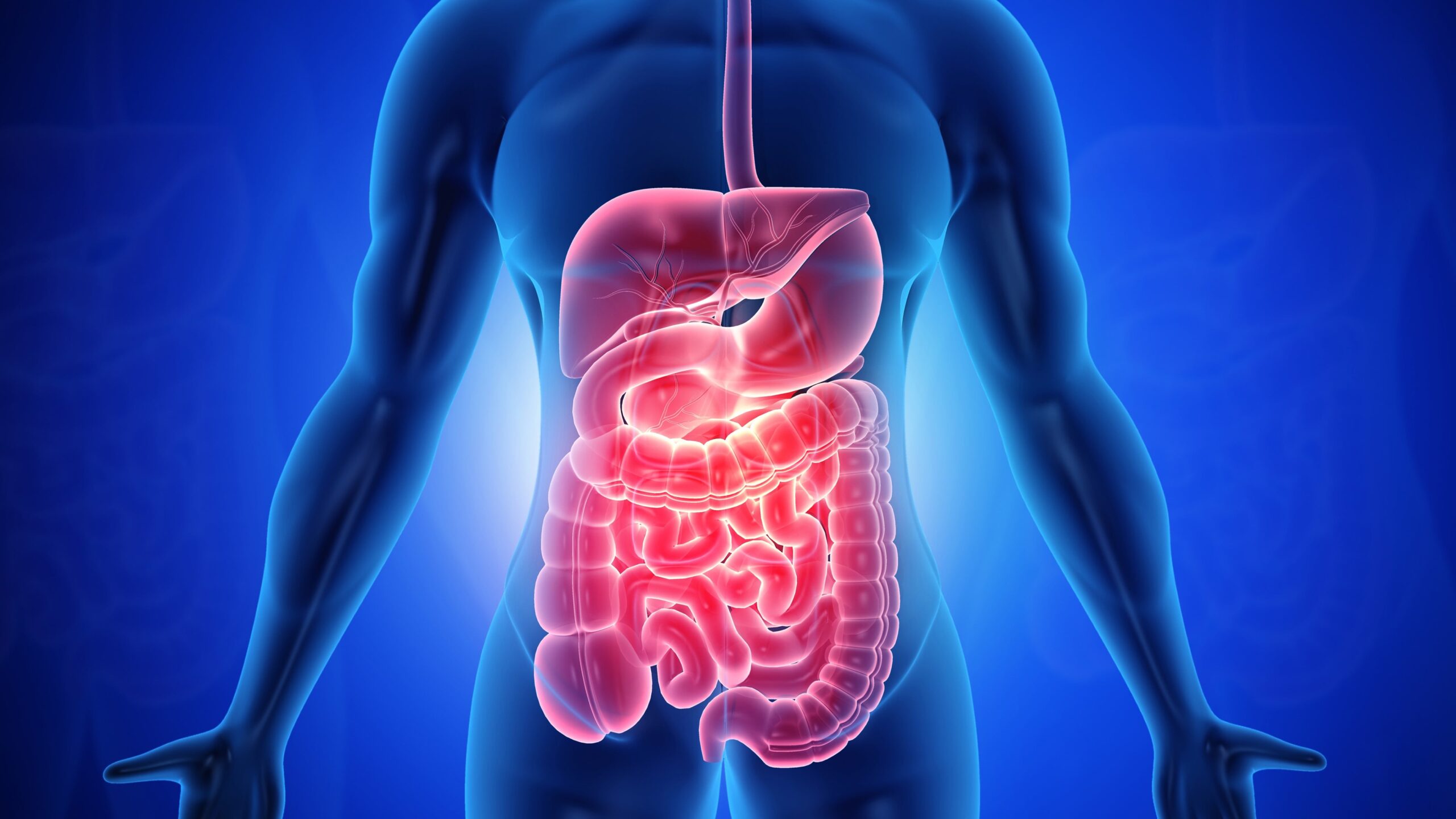

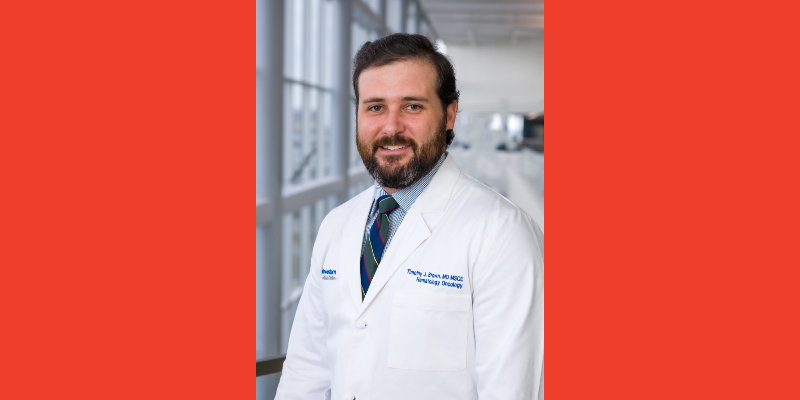

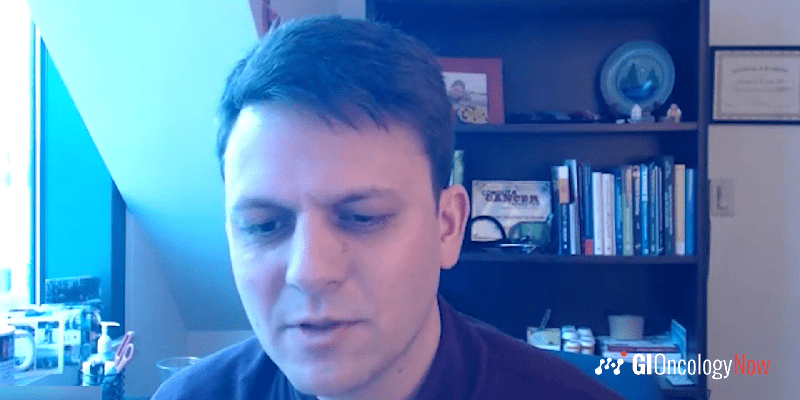
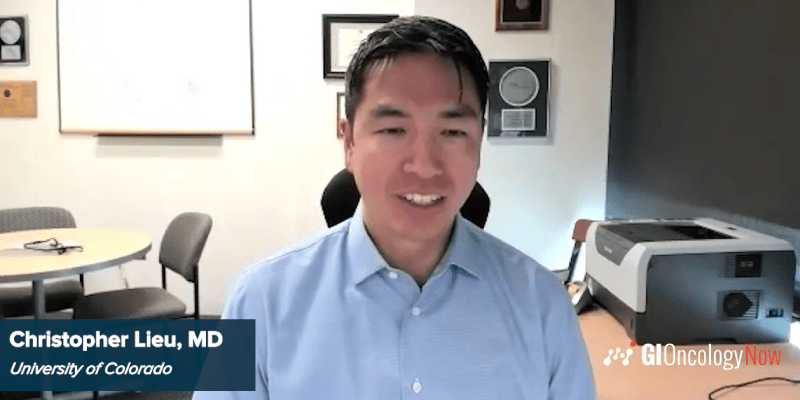


 © 2025 Mashup Media, LLC, a Formedics Property. All Rights Reserved.
© 2025 Mashup Media, LLC, a Formedics Property. All Rights Reserved.